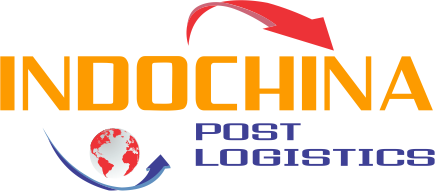An air waybill (AWB) is a legally binding transport document issued by a carrier or agency that contains information on the items being transported. It includes extensive information on the shipment’s contents, the sender and receiver, terms and conditions, and other details. The International Air Transport Association distributes the AWB as a standard form (IATA).
Contents
The AWB’s Functions
The air waybill serves several purposes, including:
- Evidence of an airline’s receipt of goods
- All parties’ contact information
- Carriage contract between shipper and carrier
- Customs declaration on a freight bill
- Product Specification
- Handling and Delivering Goods Guide
- Shipment tracking
The AWB’s Features and Format
An AWB is generally a one-page document that contains vital information. The IATA creates and distributes the bill, which is used in both domestic and international shipping. The document is issued in eight distinct color combinations, with the first three copies being the original.
- The first original (green) is the copy of the issuing carrier.
- The second (pink) copy is for the consignee.
- The third (blue) copy is the shippers.
The fourth copy is brown and serves as a receipt as well as evidence of delivery. The remaining four copies are white.
The air waybill may have an airline logo in the upper right corner or it may be a neutral AWB. Aside from the airline logo and prepopulated information, the two are nearly similar.
Each air waybill must include the carrier’s name, office address, logo, and AWB number, which is an 11-digit number used to make bookings and track the shipment’s status and position.
The shipper, consignee, agent, airport of departure, and airport of destination will all be listed in the top-left quadrant of an air waybill document.
The information about the airline will be displayed in the top-right quadrant, either as printed and prepopulated text and logos or as manually supplied data. The top-right area will additionally provide information about the stated carriage value and the declared customs value.
The shipment’s contents will be detailed in the center of the page, including the number of pieces, gross weight, chargeable weight, total charge, and the kind and amount of products.
The bottom section of the air waybill will include extra costs and taxes, an area for the shipper’s or agent’s signature, and a space to indicate the date, time, and location of execution.
Air Waybill Electronic
An electronic air waybill (e-AWB) was launched in 2010, and it became the default contract of carriage for all air cargo shipments on January 1, 2019. Although paper air waybills are still allowed, IATA currently mostly employs e-AWBs. The information required and communicated by the electronic version is the same as that required and communicated by the paper version.
Cargo transportation necessitates a significant volume of paper for each shipment, which implies that paper must be tracked and distributed. Storing papers online keeps them safe and organized, while also reducing the need for paper.

